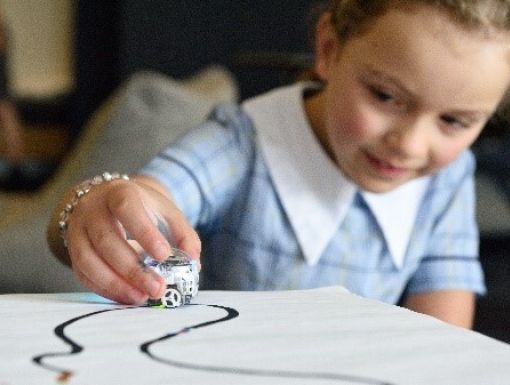
Why Are Button Batteries So Dangerous?
A button battery is only 5 to 25 millimeters in diameter. But that little battery can do a lot of damage if swallowed by a child. In fact, nearly 13% of patients under age 6 who swallowed button batteries have experienced major complications.
Ninety percent of cases resulting in deaths or serious disability were from 20 millimeter 3-volt lithium cell batteries, which are commonly found in toys, watches, musical greeting cards, small electrical devices, hearing aids and electric candles.
There are 3,000 cases of children swallowing button batteries in the United States each year, and cases are going up. From 2006-2017, there was nearly a six-fold increase in major injuries and nearly a 13-fold increase in deaths, compared with 1994-2005.
What damage can a button battery cause?
Batteries in the esophagus can cause major injuries and need to be removed ASAP. When swallowed, these highly caustic batteries react with saliva and the tissue of the esophagus to produce a chemical reaction that can cause serious tissue damage and even be fatal.
The longer a battery stays in the esophagus, the higher the risk of serious damage to these children.
What is the treatment for swallowing a button battery?
If a child swallows a button battery, do not waste any time getting emergency medical care immediately. Batteries should be removed within two hours to prevent serious damage.
Some studies tell us that giving a child honey or the medication sucralfate (a prescription drug used to treat ulcers) every 10 minutes until the battery is removed can help prevent the battery from causing major damage. Consult Poison Control or your healthcare provider before giving your child honey or sucralfate for this condition. Children with allergies to honey or sucralfate should not be given those substances.
Ochsner has streamlined its processes so that our medical teams are all focused on removing batteries as quickly as possible and preparing for potential complications. Teams including gastroenterology; ear, nose and throat; surgery; anesthesia; and the emergency department have partnered at Ochsner to streamline our processes and incorporate the most up-to-date data to ensure that we manage these cases appropriately.
Ochsner also has worked with Louisiana Poison Control to update Louisiana’s state guidelines. No matter where a child is located in Louisiana, they can benefit from the most current recommendations on caring for this medical emergency.
What are symptoms of swallowing a button battery?
Your child might swallow a battery without your knowledge. These are possible symptoms:
- Sore throat
- Cough
- Fever
- Feeding refusal or difficulty swallowing
- Noisy breathing
- Vomiting
- Chest or abdominal pain
More advanced symptoms include:
- A perforation in the esophagus
- Vocal cord injury
How can I prevent my child from swallowing a button battery?
It’s common for young children to put objects in their mouths. Button batteries are the shape of many candies and their shininess can make them appealing to toddlers.
Button batteries are found in many households. Parents can help prevent ingestion of batteries by making sure battery compartments are securely closed and spare batteries are kept out of children’s reach. Avoid letting young children play with toys that contain this type of battery and for older children, check the closures of electronic devices periodically to make sure they remain secure.
Learn more about Matthew Giefer, MD, director of pediatric endoscopy



